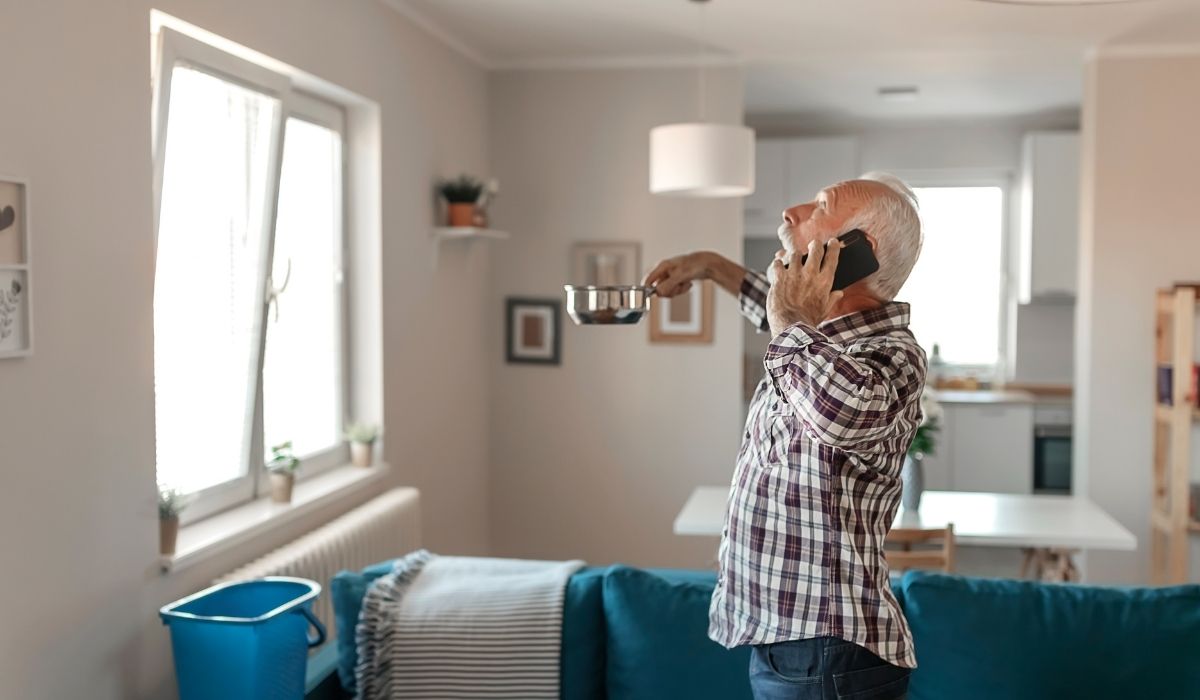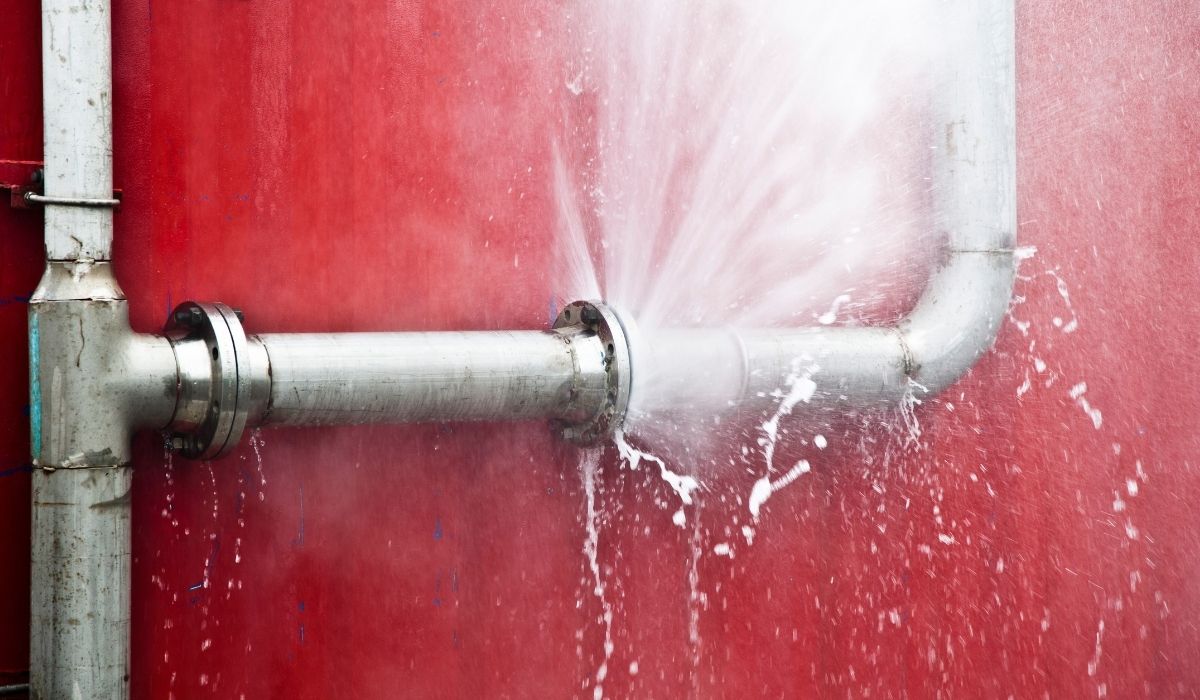Does Peroxide Kill Mold? Learn the Safe & Easy Answer
Does Peroxide Kill Mold?
Mold is a fungus that grows where there’s moisture, like in your bathroom, basement, or under your sink. It can grow on wood, tile, carpet, textile, and even clothing. Mold can smell bad, look ugly, and even cause health problems like asthma, allergy, cough, psoriasis, or skin irritation. So, what can you do to stop mold? Many people ask, does peroxide kill mold?
Let’s explore how hydrogen peroxide, a common disinfectant, helps remove mold and protect your home.
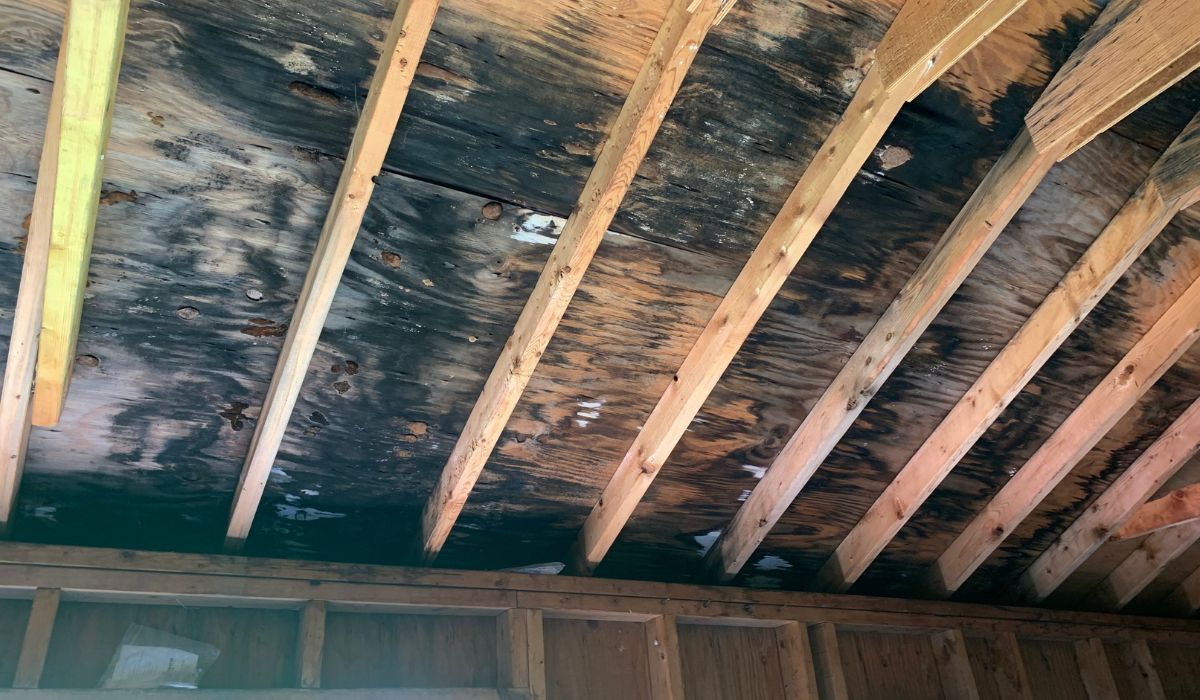
What Is Mold?
Mold is a living thing. It’s a type of fungus that spreads quickly. Mold loves warm places with high humidity or water damage, like after a flood, roof leak, or plumbing issue. It grows in places like:
- The shower
- Behind the drywall
- Around the kitchen sink
- Inside ducts and air conditioning systems
- Under wet carpet
- On furniture or textiles
There are many species of mold. One dangerous type is Stachybotrys chartarum, or “black mold,” which is toxic and can hurt your indoor air quality and even cause serious disease.
What Is Hydrogen Peroxide?
Hydrogen peroxide is a chemical compound made of hydrogen and oxygen. It’s found in many spray bottles at the store and is used to clean wounds. It is often used as a disinfectant to kill bacteria, virus, and fungus.
Hydrogen peroxide bubbles when it touches mold or dirt. That’s the oxygen working to clean! This bubbling action helps remove mold from grout, tile, glass, metal, and plastic surfaces.
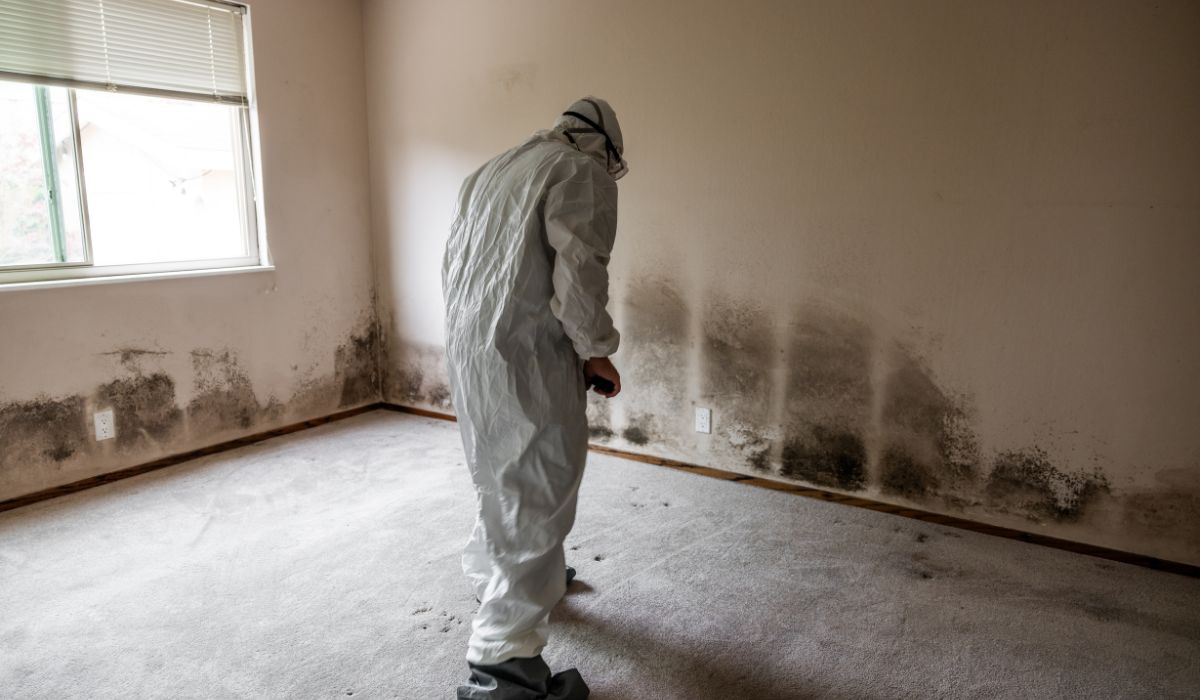
Does Peroxide Kill Mold?
Yes, hydrogen peroxide does kill mold! It can break down mold’s roots and clean up the area. It works well on:
- Bathroom surfaces like tile and grout
- Kitchen sinks and counters
- Moldy spots on the ceiling and walls
- Wet spots on wood, furniture, and textile
- Inside ducts and air conditioning vents
When you spray it on mold, the fizzing shows it’s working. It also helps remove mold odor and leaves less toxicity than bleach or ammonia.
How to Use Hydrogen Peroxide to Remove Mold
Step 1: Stay Safe
Before cleaning mold, wear personal protective equipment like:
- Gloves
- Goggles or eye protection
- A mask or n95 respirator
- Old clothing
- Towel to clean up spills
Some mold spores can cause asthma, allergy, or even cancer if you breathe them in. So protect yourself!
Step 2: Get Supplies
You’ll need:
- 3% hydrogen peroxide in a spray bottle
- A sponge, towel, or brush
- A dehumidifier to lower humidity after cleaning
- Optional: tea tree oil, grapefruit seed extract, or vinegar
Step 3: Spray the Mold
- Spray hydrogen peroxide right onto the moldy area.
- Let it sit for 10–15 minutes so it can bubble and break down the mold.
- Scrub with a brush or sponge until the mold comes off.
- Wipe with a clean towel.
Repeat if needed. Use a dehumidifier or ventilator to dry the area completely. Mold comes back fast if it stays damp.
Hydrogen Peroxide vs. Bleach for Mold
Some people use bleach to kill mold, but hydrogen peroxide is often better because:
| Bleach | Hydrogen Peroxide |
|---|---|
| High toxicity | Less harmful |
| Makes strong odor | Mild smell |
| Can damage textile and paint | Safer for surfaces |
| Doesn’t kill mold roots | Bubbles down to the root |
Hydrogen peroxide is a safer, greener antifungal choice. It won’t damage your home as much and it still works well.
Can You Mix Peroxide With Other Cleaners?
Never mix hydrogen peroxide with vinegar in the same bottle. This can create peracetic acid, which can be dangerous to your lungs and skin.
Instead, use them one at a time. Some safe combos include:
- Baking soda (sodium bicarbonate) and peroxide
- Peroxide and detergent
- Peroxide and tea tree oil or melaleuca
- Peroxide and grapefruit seed extract
These antimicrobial and antifungal mixtures help remove mold and improve hygiene without making harmful gases.
Mold Prevention Tips for Your Home
Stopping mold is just as important as cleaning it. Try these tips:
- Fix any leak from the roof, plumbing, or sewage.
- Use a dehumidifier in basements or damp rooms.
- Turn on fans and ventilators after using the shower.
- Keep humidity levels below 50%.
- Clean bathroom and kitchen often.
- Use paint that resists mold on drywall or wood.
- Do regular home inspection checks for water issues.
- Replace moldy carpet or textile materials.
You can also use an air purifier with a HEPA filter to trap mold spores floating around.
Other Mold Removal Options
Besides hydrogen peroxide, here are other ways to fight mold:
- Bleach – strong but toxic
- Vinegar – mild acid that kills mold on surfaces
- Borax – a chemical compound safe for mildew
- Ammonia – dangerous and not good for porous surfaces
- Tea tree oil – natural but pricier
- Grapefruit seed extract – kills mold and bacteria
Each has pros and cons. Always read the label and wear protective gear when using strong cleaners.
Why Mold Is a Health Risk
Mold affects your indoor air quality and can lead to:
- Asthma
- Allergy
- Cough
- Eye irritation
- Skin problems like psoriasis
- In rare cases, it may link to cancer or diabetes flare-ups
The Centers for Disease Control and Prevention (CDC) warns people to clean up mold right away to protect their health and home.
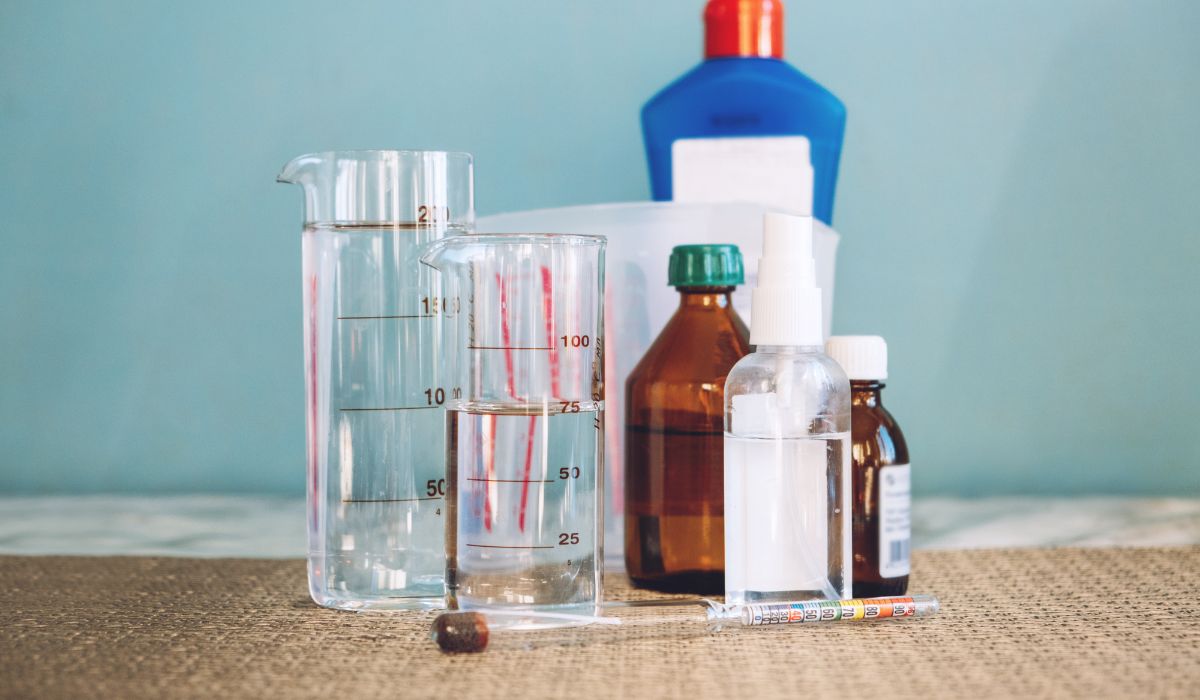
FAQs About Hydrogen Peroxide and Mold
Does hydrogen peroxide kill all mold types?
Hydrogen peroxide kills many types of indoor mold, including black mold like Stachybotrys chartarum. But deep mold remediation may need pros.
Can I use hydrogen peroxide on carpet or wood?
Yes, but test a small area first. Hydrogen peroxide may stain or lighten textile, carpet, or wood. Use a gentle amount and blot dry.
Is hydrogen peroxide safer than bleach?
Yes, hydrogen peroxide is less harmful. It doesn’t make strong fumes and won’t damage surfaces as much. It’s a gentler disinfectant.
How often should I clean mold with peroxide?
Clean mold as soon as you see it. If you live in a humid area or had water damage, check and clean every few weeks.
What if peroxide doesn’t remove the mold?
If mold keeps coming back, call a mold removal expert. There may be hidden mold in drywall, under floor, or in ducts. You may need full mold remediation.
Final Thoughts: Does Peroxide Kill Mold?
So, does peroxide kill mold? Yes, it does! Hydrogen peroxide is a powerful and safe way to remove mold from your home. It’s gentle on surfaces, kills the fungus down to the root, and is better for your health and indoor air quality than harsh cleaners like bleach.
Keep your home mold-free by fixing leaks, lowering humidity, and using peroxide with other safe cleaners like baking soda, tea tree oil, or grapefruit seed extract.
For big problems, don’t wait—get help from mold remediation pros to protect your home and family. Contact us today for more information.


